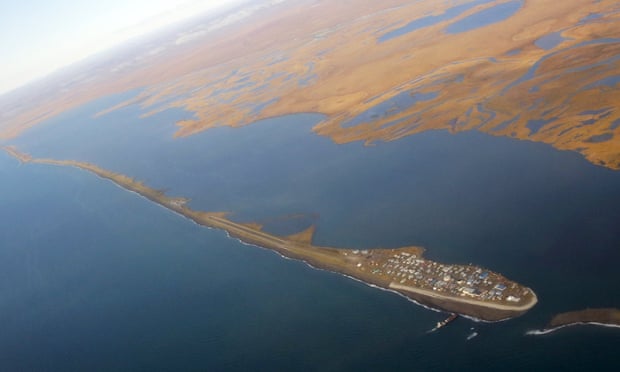We received this important advocacy alert from the American Alliance of Museums (AAM) today. Please take a few minutes to let your Congressional representatives know how important IMLS is to conservation, museums, and our cultural heritage.
Note: The links below will take you to the AAM website where you can use their template tools to quickly reach your representatives.
IMLS Reauthorization Introduced in Congress; Contact Senators Today!
Late last week, Senator Jack Reed (D-RI) introduced S. 3391, the Museum and Library Services Act of 2016, joined by Senators Susan Collins (R-ME), Thad Cochran (R-MS), and Kirsten Gillibrand (D-NY). This bipartisan legislation, which the Alliance worked with others to help craft, would reauthorize the Institute of Museum and Library Services for six years and advance many of the Principles for IMLS Reauthorization endorsed by the museum field.
“The Museum and Library Services Act of 2016 will strengthen IMLS and enhance its ability to serve museums nationwide. Our field is lucky to have a supporter on Capitol Hill like Senator Jack Reed, and I’m grateful to him for working so closely with us on this proposal,” said Alliance President and CEO Laura L. Lott. “Now, this bill and the valuable improvements it contains need our help. With the congressional calendar running short, it is an especially important time to build momentum behind this legislation.”
Ask your Senators to cosponsor the Museum and Library Services Act of 2016.
The legislation:
- Formally authorizes a 21st Century Museum Professional Program, to improve the recruitment, preparation, and professional development of museum professionals, especially those from diverse and underrepresented backgrounds.
- Maintains the agency’s existing authority to support museum activities at both the state and regional level, while adding regional museum collaboration to its “Purpose” section, akin to how state museum collaboration is currently referenced.
- Adds a new emphasis on ensuring that every American has access to high-quality museum experiences to the “Purpose” section.
- Maintains and augments the agency’s research, data collection, and analysis about museums and libraries.
- Establishes new reporting to ensure that the agency sufficiently collaborates with museum and library organizations at the national, regional, and state level on its research and data collection activities.
- Includes additional federal entities on the list of potential interagency partnerships, allowing IMLS to expand its collaborative efforts with other agencies and magnify support for museums and libraries.
- Updates the agency’s governance, so that it operates more closely in alignment with other federal cultural agencies.
Ask your Senators to cosponsor the Museum and Library Services Act of 2016. P.S. Debate continues in Congress on legislation needed to keep federal agencies operating past September 30. Negotiators and analysts continue to express optimism that a deal will be struck, but the clock is running out. See AAM’s most recent advocacy alert for more details on how programs that impact museums have fared so far during this year’s appropriations process.











